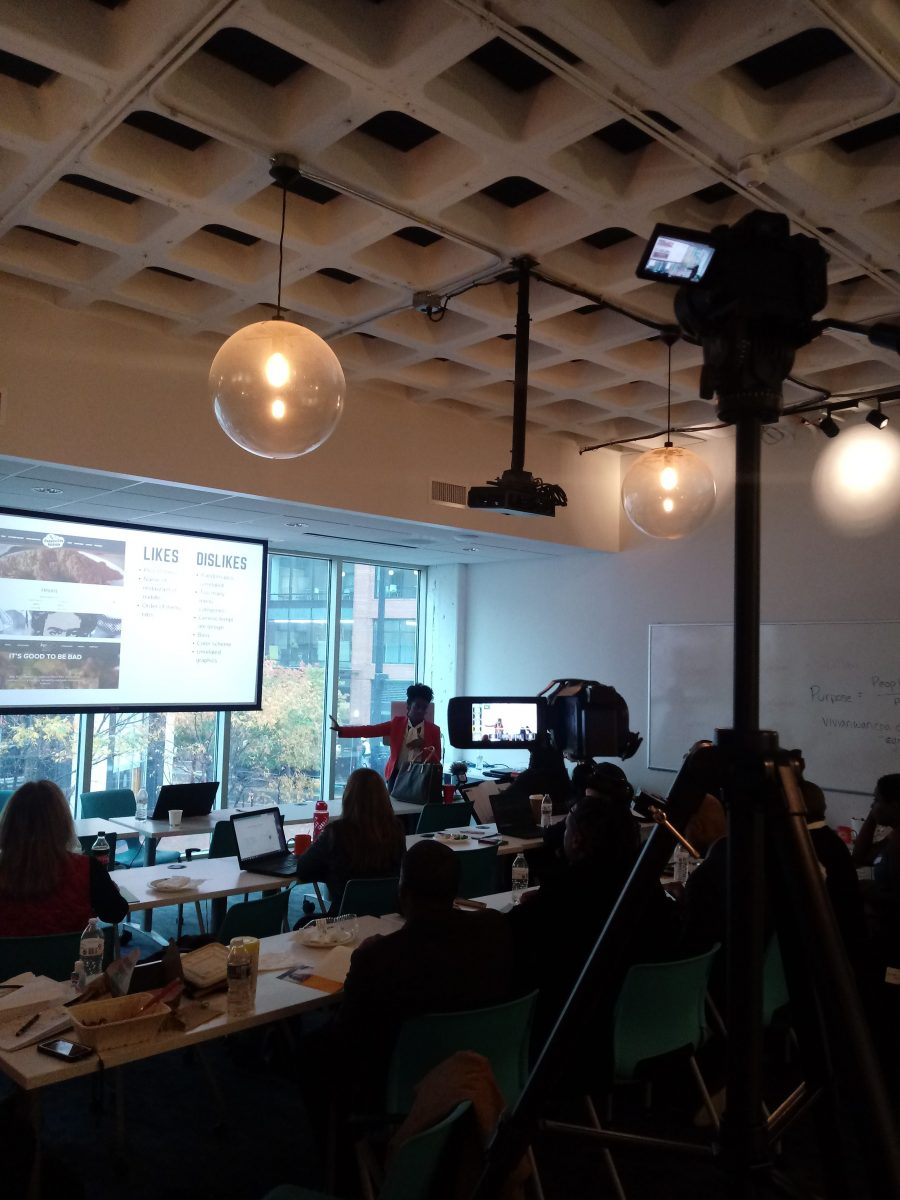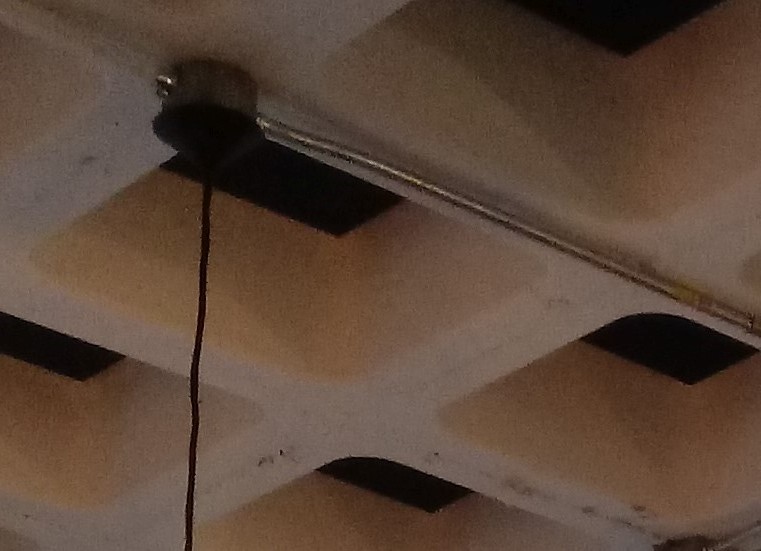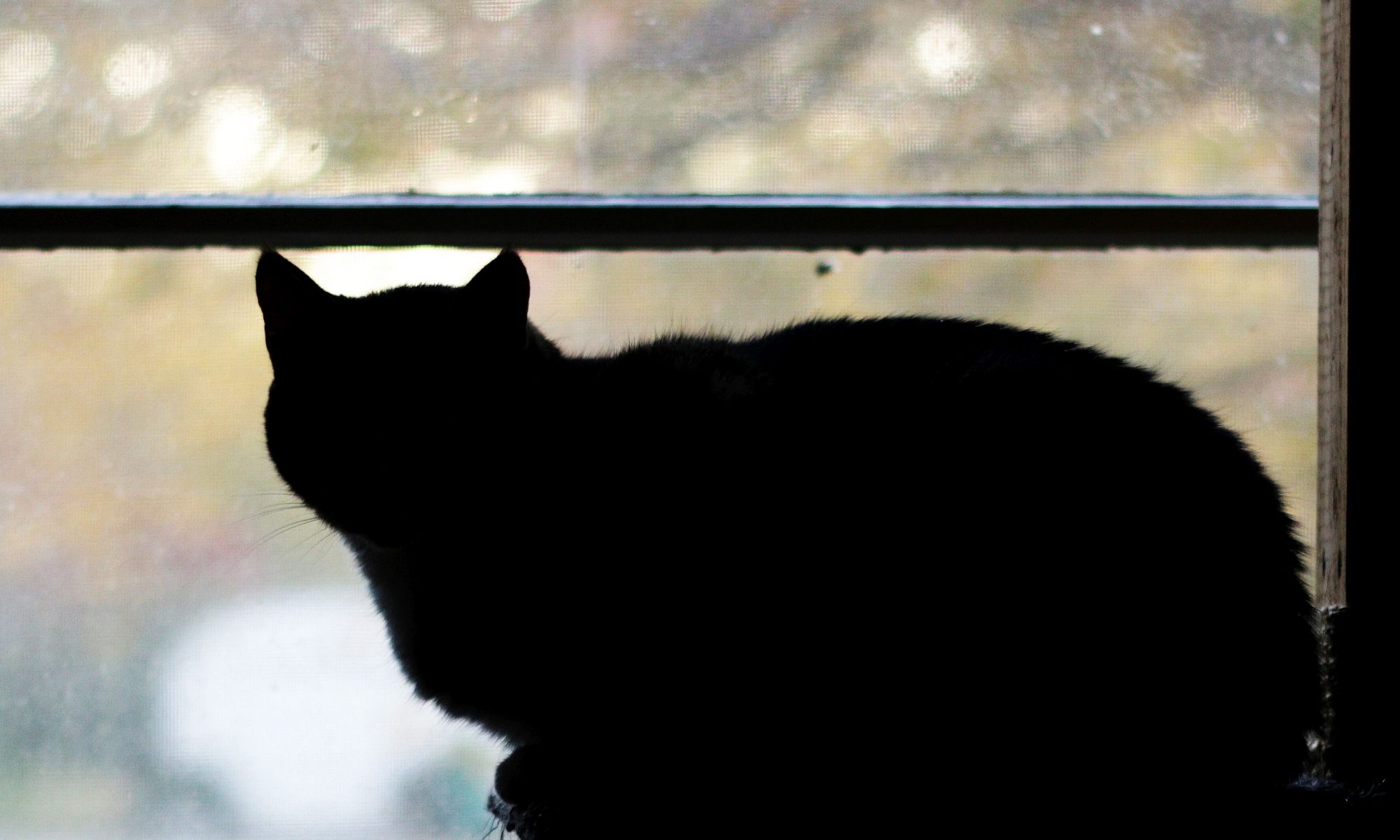Your brand new iPhone XS (haha, it literally says “excess” on the box!) takes videos and pictures that you think look AMAZING. Does this mean it’s time to ditch the DSLR or mirrorless camera and just shoot all your video and photos?
Nope! Not even close.
All optical systems are designed with a set of trade-offs. Smartphone cameras are extremely small, consume small amounts of power, and generate very little heat. This obviously is not avoidable because the camera has to fit inside of a phone with a relatively small amount of space and battery capacity. Phone cameras have relatively small sensors with the biggest ones being the same size as some of the smallest point-and-shoot cameras. Unlike even the cheapest point-and-shoot, however, there is no room for any sort of optical zoom mechanism and the tendency to take photos of close objects means that phone cameras only come with a wide angle of view, though the iPhone XS and XS Max come with a second “telephoto” lens on the back; the phone camera field is still evolving to try to overcome such limitations. The photos taken by a phone camera are generally of poor quality at sizes larger than a cell phone screen, with poor dynamic range and heavy mosaic artifacting due to the strong noise reduction algorithms used. Since none of the components of the optical system can be changed, the compromises made by the engineers are permanent. Clip-on lenses can be used to achieve some modifications, but the image quality is necessarily reduced further.


DSLR and mirrorless cameras have distinct benefits that are not possible to achieve on cell phone cameras. Interchangeable lenses allow the user to completely change the optical system beyond the sensor, making the compromises of one particular lens design less of an issue and greatly increasing flexibility and utility. You will never have a cell phone with a 800mm focal length, but a lens can be purchased for your DSLR to give it such a focal length. If you use a standard zoom with a fairly small aperture during the day and want better performance at night, you have the option to switch to a prime lens with a very wide aperture. The sensor size is much larger in a DSLR, meaning significantly less photon noise and a much cleaner picture.


Even a compact point-and-shoot is superior to the camera on a phone. Though the sensor may be the same size, the extra space and increased battery capacity means that the system doesn’t have to make compromises as harshly as the cell phone camera. The lens system can have more elements and optical zoom. Heat and power consumption are less problematic. There is more space for an aperture mechanism to operate and there is room for an internal neutral density filter. There are dedicated control elements instead of a touch-only interface which makes operation of the camera much easier. Instead of an LED light “flash,” there is usually a real flash bulb.

Cell phone cameras will never be able to come functionally close to DSLR cameras in any way, but does it matter? The best camera is the one you have with you, not the expensive fancy one you left at home. The convenience of a cell phone camera is undeniably its greatest asset, followed closely by the extreme ease of sharing your photos that it provides.

